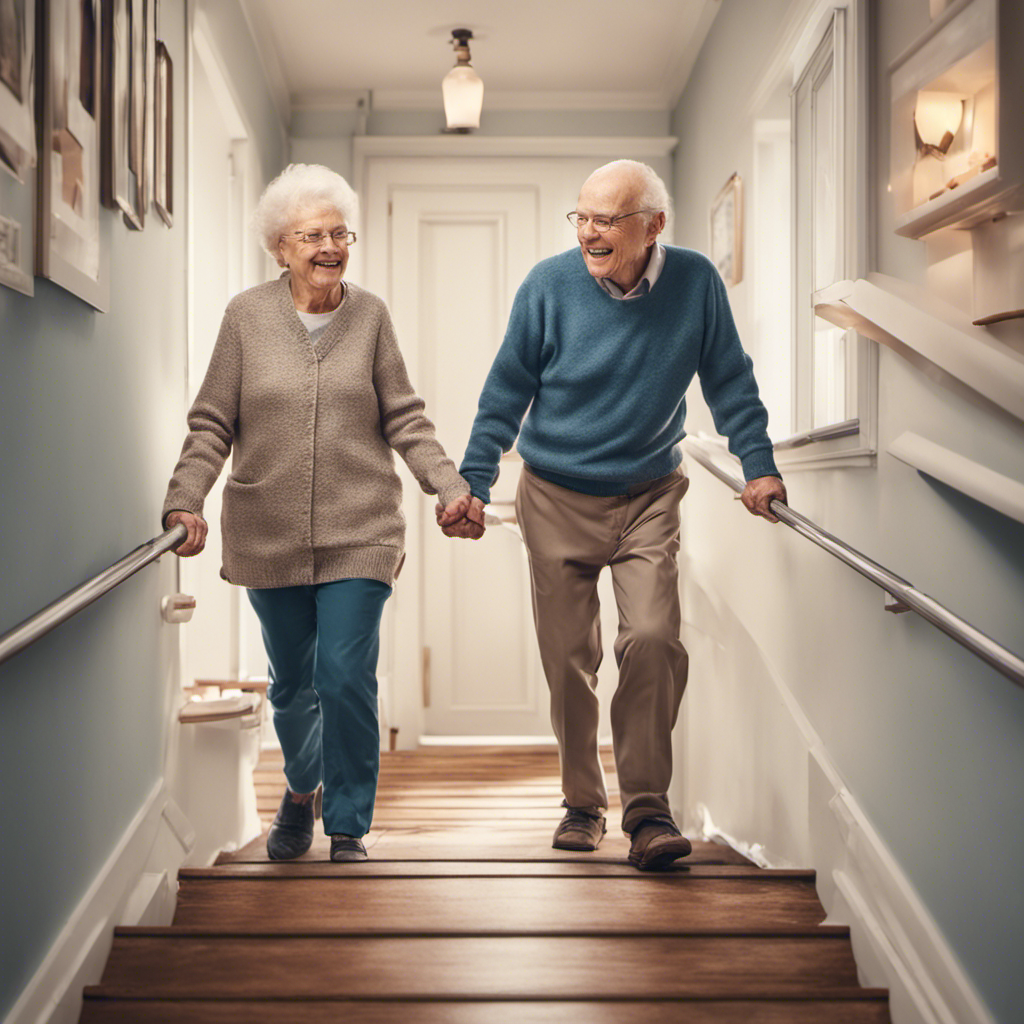
As seniors age in place, ensuring their safety becomes a top priority. This article provides essential safety tips that will help seniors maintain their independence while staying protected.
By understanding the risks associated with aging in place and creating a safe and accessible home environment, seniors can prevent accidents and injuries.
Implementing daily safety practices will also be discussed, offering practical advice to keep seniors safe and secure.
Understanding the Risks of Aging in Place
You need to understand the risks of aging in place to ensure your safety.
As you grow older, there are certain challenges that come with living independently. These include an increased risk of falls, difficulty in managing medications, and potential isolation.
Falls can lead to serious injuries, while medication mismanagement can have adverse health effects. Feeling isolated can impact mental well-being.
Creating a Safe and Accessible Home Environment
Creating a safe and accessible home environment is crucial for seniors who choose to age in place. It is important to remove potential hazards such as loose rugs, cluttered pathways, and uneven surfaces.
Installing grab bars in the bathroom and handrails on stairways can provide added stability. Adequate lighting and non-slip flooring are also essential.
Implementing Daily Safety Practices for Seniors
To ensure the safety of your elderly loved ones, it’s important to implement daily practices that prioritize their well-being.
Start by ensuring their living space is free from hazards and regularly checking on them.
Encourage them to exercise regularly, eat a balanced diet, and take their medications as prescribed.
Help them stay socially connected, whether it’s through phone calls or virtual interactions.
Frequently Asked Questions
What Are Some Common Signs of Aging-Related Physical Decline That May Indicate That It’s Time to Consider Alternative Living Arrangements?
When physical decline in seniors becomes evident, it may be a sign that alternative living arrangements should be considered. Recognizing common signs such as difficulty with daily tasks can help guide these decisions.
Are There Any Financial Assistance Programs Available to Help Seniors Make Necessary Modifications to Their Homes for Improved Safety?
Yes, there are financial assistance programs available to help seniors make necessary modifications to their homes for improved safety. These programs can provide funding for things like grab bars, ramps, and other accessibility upgrades.
What Are Some Effective Strategies for Preventing Falls at Home, Particularly in Areas Like the Bathroom or Stairs?
Some effective strategies for preventing falls at home, particularly in areas like the bathroom or stairs, include installing grab bars, using non-slip mats, ensuring good lighting, and removing clutter or trip hazards.
How Can Seniors Protect Themselves From Common Household Hazards, Such as Fire, Carbon Monoxide Poisoning, or Electrical Accidents?
Seniors can protect themselves from common household hazards by installing smoke detectors and carbon monoxide alarms, keeping electrical cords in good condition, and avoiding overloading outlets. Regularly checking appliances and having a fire escape plan are also important.
Are There Any Recommended Technological Devices or Systems That Can Enhance the Safety and Security of Seniors Aging in Place?
There are recommended technological devices and systems that can enhance the safety and security of seniors aging in place. These devices include medical alert systems, smart home automation, and video surveillance systems.
Conclusion
In conclusion, it’s crucial for seniors who choose to age in place to prioritize their safety.
By understanding the potential risks and taking proactive measures to create a safe home environment, seniors can enjoy their independence while minimizing the chances of accidents or injuries.
Implementing daily safety practices, such as regular exercise and staying organized, can further enhance their overall well-being.
With these essential safety tips, seniors can confidently age in place and maintain their quality of life.







